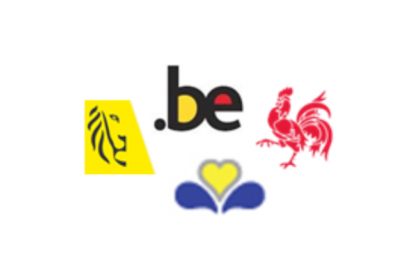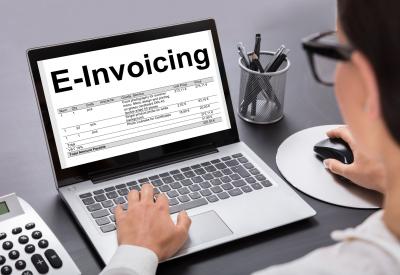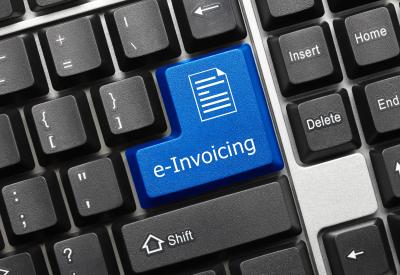Target
GovernmentsTheme
GeneralAre you a contracting authority which has not yet adopted e-invoicing? Learn how to put e-invoicing in place in your organisation in 6 steps.
All European contracting authorities must be able to receive a structured electronic invoice in accordance with the European Standard. This obligation, which is contained in European Directive 2014/55 came into force on 17 April 2019.
Beyond this legal obligation, switching to electronic invoicing is most importantly a source of opportunities because it enables efficiency savings, reduces operational costs, and frees up employees for more rewarding tasks. What's more, successful adoption of e-invoicing by the government will provide the IT sector with a large enough market to justify the work needed to reshape the offer to suit SMEs.
The article entitled 8 good reasons to adopt e-invoicing sums up the potential of this innovation, and the 5 misconceptions about e-invoicing page challenges some prejudices.
You’ve made your decision: you want to take advantage of the opportunity. How do you launch an e-invoicing project in your organisation? Which key steps should not be missed? We have developed a method and tools to help you succeed in your shift towards e-invoicing. The method is broken down into 6 key steps. Of course, this template is offered purely as a guide and will need to be adapted to suit your organisation, along with applicable regional measures.
.png)
1. Comply: register your company on Mercurius
Mercurius is the centralised digital mailroom for Belgian contracting authorities. In practical terms, Mercurius allows you to receive and handle electronic invoices free of charge, even if you do not yet have a dedicated IT solution.
It’s the ideal solution: conform to legal requirements, free of charge, start your journey of discovery of e-invoicing and gather some information before setting up your own solution.
Where do I start?
Complete the following form with the help of your eID. After registering, you will be informed about the next steps and how to use the Mercurius web portal.
2. Discover: invite your economic operators to send you electronic invoices
Inform your economic operators that from now on you prefer to receive electronic invoices. Thanks to Mercurius and this flow of incoming invoices, you can familiarise yourself with this new format and determine the potential and the key success factors of your e-invoicing project with greater accuracy.
Where do I start?
Here is an e-mail template you can use to inform your economic operators.
3. Analyse: launch an e-invoicing project within your organisation
E-invoicing is first and foremost a business project. It is very important to consider changes to the degree of involvement of the business and IT as the project progresses.
Where do I start?
To start, enlist the necessary in-house expertise and set up an e-invoicing project group.
Analyse what exists: what positive impacts could you derive from automating invoice processing (quantitative and qualitative)? What are the necessary adjustments? Define the implementation strategy of e-invoicing in your organisation in detail.
4. Assign: identify the appropriate solution and the right providers
Implementing an e-invoicing system requires specific technical expertise. Therefore, you will probably have to call for one or more tenders to find these skills externally.
The IT solution adopted will not only have to meet your needs, but will also have to be compliant with the European PEPPOL framework.
Where do I start?
Draft your call for tender and select the required solutions and/or services. Take into account the practical information specific to the Mercurius platform and your integrator. Make sure that this information is clearly stated in your call for tender and that it is fully embedded in the successful bid. If necessary, please consult us.
5. Deliver: put the chosen solutions in place
After the preparation stage, it is time to move on to project execution. Once the solutions are in place, they will still need to be tested, to ensure that they are properly integrated with the existing components, but also and above all you will need to train your business teams about this new way of working.
6. Results: aim for 100% electronic invoicing
Continue to encourage your economic operators to send you structured electronic invoices. The end goal is to achieve complete automation of your billing process.
Where do I start?
Evaluate progress each month using the following calculation:










































